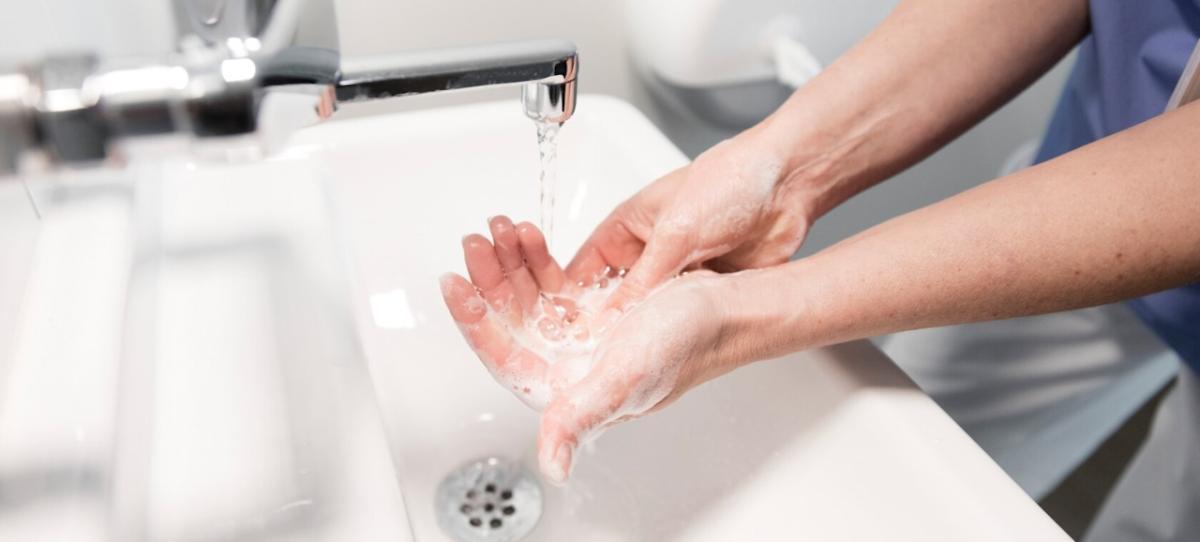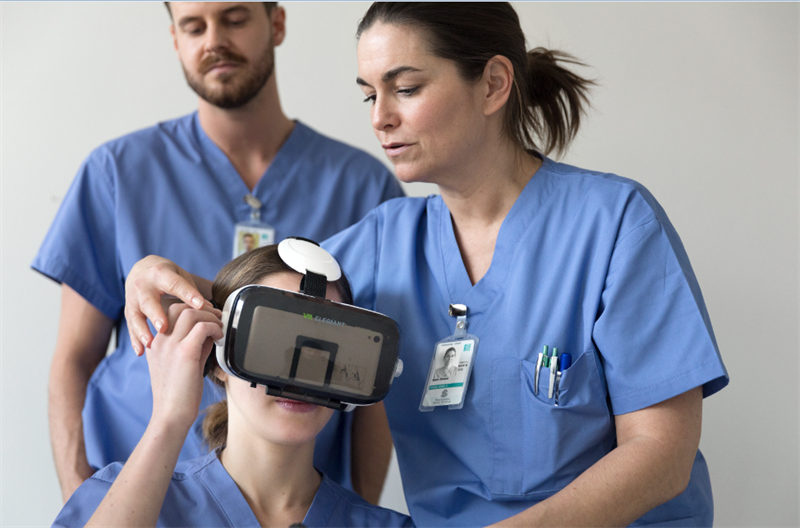Essity Hygiene and Health Report 2023–2024: Infection Prevention and Fighting Anti- Microbial Resistance (AMR)
Prevention for preparedness in hygiene and health
Originally published on Essity.com
Global health has climbed higher on the political agenda in recent years, partly due to the Covid-19 pandemic. There are a number of key global health moments in the coming years where the global community are addressing Universal Health Coverage, tuberculosis, Pandemic Prevention Preparedness and Response, progress on the Sustainable Development Goals, and AMR.
It is understood that combatting antimicrobial resistance (AMR) and prioritizing infection prevention best practices in society in general as well as in healthcare facilities, including strengthening infection prevention, are integral to keeping societies healthy and preventing disease and future pandemics. An increase in the use of antibiotics will have long-term health implications which are yet to be fully understood. Robust infection prevention is one essential key in combating AMR. The threat arising from avoidable and untreatable infections is too significant to ignore. It requires coordinated action involving multiple stakeholders across different areas of antimicrobial resistance.1
Misuse and overuse of antimicrobials comes in many shapes and forms, notably feeding livestock antibiotics to fatten them, overprescribing antibiotics, and taking antibiotics to treat viral infections. To combat AMR, a One Health2 approach is needed, which involves collaboration between human, animal, and environmental health sectors. This approach has been endorsed by the World Health Assembly and the Food and Agriculture Organization of the United Nations.
Moreover, AMR makes it more difficult to prevent healthcare-associated infections (HAIs). These are infections that patients can get while being treated for another condition while in a healthcare setting. More than 70% of bacteria causing HAIs are resistant to at least one of the drugs most commonly used to treat them.3 To address this and prevent AMR, infection prevention through the WHO recommended Infection Prevention and Control (IPC) measures are crucial as they minimize the spread of infectious diseases in healthcare settings and in the wider society.4 Practices include hand hygiene, personal protective equipment (PPE), environmental cleaning, and appropriate waste disposal.
Infection prevention is crucial in reducing infection spread in society and in healthcare settings. Hand hygiene is the most effective infection prevention measure,5 achieved through washing hands with soap and water or using alcohol-based hand sanitizers, as appropriate. It is vital that awareness and understanding of the cost-effective role that prevention can play in the fight against AMR is increased: The average nurse uses hand sanitizer approximately 100-150 times per day, which in many cases falls short of what is required to be considered best practice6.
Wearing personal protective equipment, such as face masks, gloves, gowns, and eye protection, can also minimize the risk of exposure to infectious agents, as can cleaning and disinfection, as well as proper disposal of infected waste. These procedures should be tailored to the type of pathogen most present in a given context and the area being cleaned. Education and training on infection prevention measures are essential for compliance and requires constant action from a broad range of stakeholder groups ranging from policymakers to facility managers and cleaning staff, and in healthcare settings health workers, patients, and visitors.
Failure to adhere to infection prevention measures can have severe, even deadly consequences, highlighting the need for quality healthcare delivery through infection prevention practices. Given the key role that healthcare workers have on the frontlines of infection prevention, they must be part of the discussion on its implementation. Across the world, concerted efforts need to be made to attract, retain, and train this vital resource in public health7.
Given its importance as a preventative measure to combat both HAIs and AMR, it is crucial that infection prevention education begins early and reaches all layers of society. Educating young children on the role of hand hygiene and the importance of breaking the chain of infections is a clever way to incorporate an IPC mindset early on.
There are also new and innovative ways to improve infection prevention by using technology to improve the rigor and efficiency of hygiene standards in environmental cleaning. Sensors and artificial intelligence (AI) can, for example, be used to predict where there has been the most activity, and alert cleaning services to be extra diligent in those areas. Virtual reality can also be used to improve hand hygiene training, for example by visualizing and providing real-time feedback.
In healthcare settings a great challenge is related to environmental cleaning, where only 55% of facilities assessed by the WHO reported having cleaning records for floors and horizontal work surfaces. Environmental cleaning is crucial to reduce health risks which can contribute to development of AMR.8 Training staff with responsibility for cleaning floors and work surfaces is key.
Cleaning staff needs access to continuous training, provision of the necessary materials, and supervision as part of a broader approach to infection prevention within healthcare facilities, according to the WHO.9
In the context of wounds and bacterial colonization, AMR can contribute to delayed healing and represents a major challenge for patients and clinicians. General hygiene measures should continue to be the first line of defense. When it comes to the treatment of an infected wound, antibiotics should be used with care and can often be avoided in local application through the use of non-medicated dressings with bacterial binding actions.
The fight against AMR will remain a joint multistakeholder effort between healthcare professionals, medical societies, innovative companies, health associations and politicians alike, keeping and putting patients’ needs in the center. The awareness of the dangers of AMR and critical measures and interventions to limit its spread are the first steps on this journey.
In 2021, WHO member states agreed to establish a global framework for international cooperation to enhance global health security and combat future pandemics. This presents a valuable opportunity to strengthen health systems, improve societal well-being, and address crucial preventive measures, access to basic hygiene services, and solutions for reducing AMR.
Download the Essity 2023-2024 Hygiene and Health Report to learn more
1WHO (n.d.) One Health https://www.who.int/news-room/questions-and-answers/item/one-health
2WHO (n.d.) One Health https://www.who.int/news-room/questions-and-answers/item/one-health
3Stone P. W. (2009). Economic burden of healthcare-associated infections: an American perspective. Expert review of pharmacoeconomics & outcomes research, 9(5), 417–422.
4WHO (2022) Global report on infection prevention and control. Geneva. https://www.who.int/publications/i/item/9789240051164
5WHO (2009) WHO guidelines on hand hygiene in health care https://www.who.int/publications/i/item/9789241597906
6CDC (2020). Clean Hands Count for Safe Healthcare https://www.cdc.gov/patientsafety/features/clean-hands-count.html
7Essity (18th January 2023) Roundtable Summary. The global challenge of healthcare-associated infections
8WHO and UNICEF (2023) Progress on WASH in health care facilities 2000–2021: special focus on WASH and infection prevention and control. Geneva. https://apps.who.int/iris/rest/bitstreams/1495467/retrieve
9WHO and UNICEF (2023) Progress on WASH in health care facilities 2000–2021: special focus on WASH and infection prevention and control. Geneva. https://apps.who.int/iris/rest/bitstreams/1495467/retrieve




